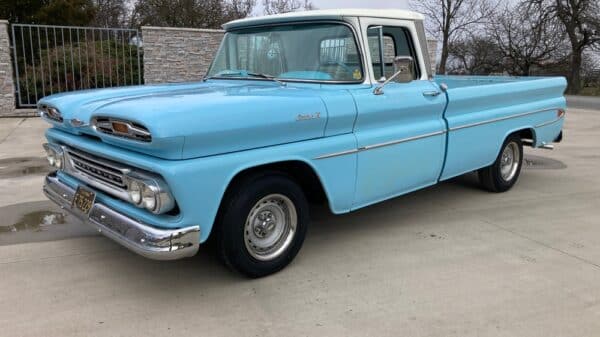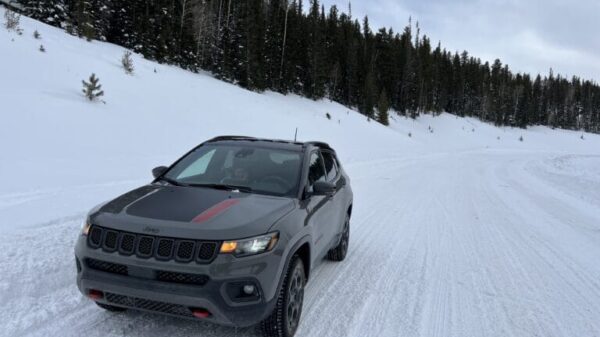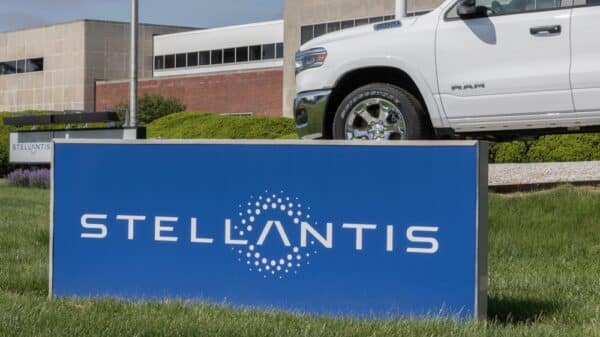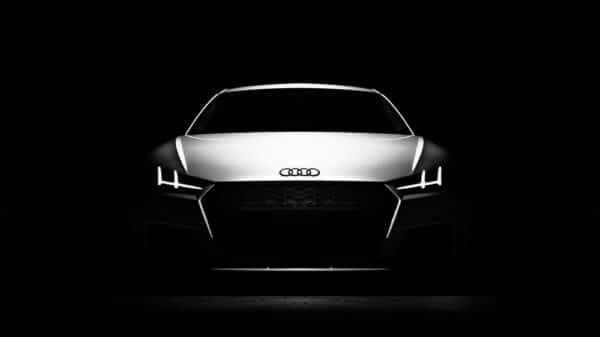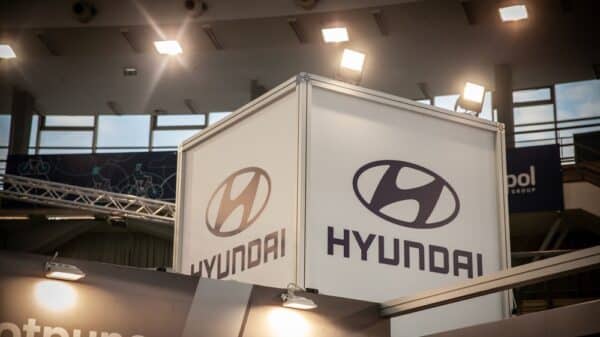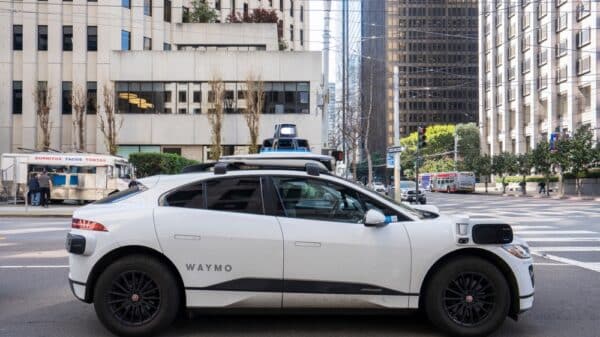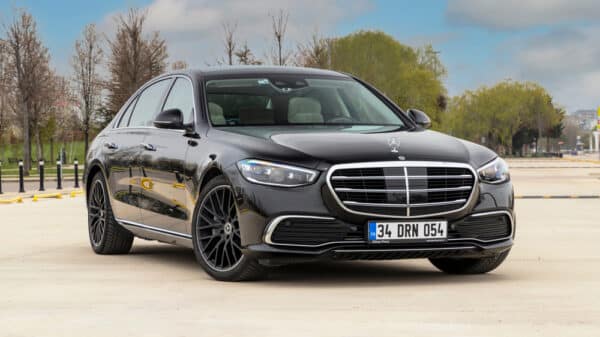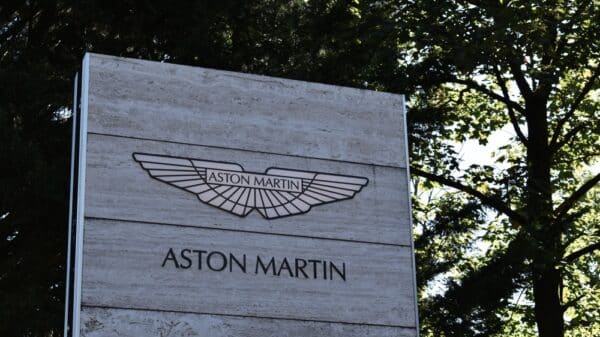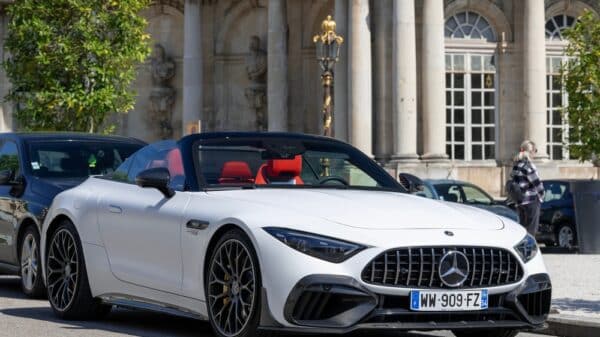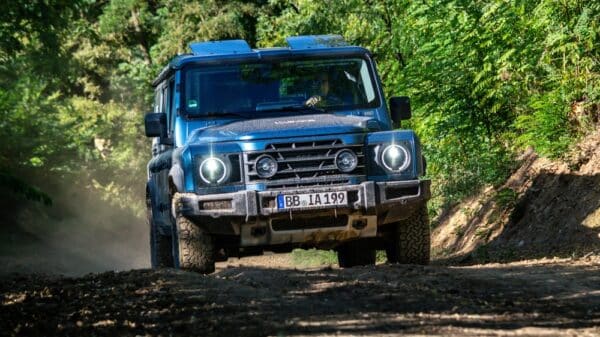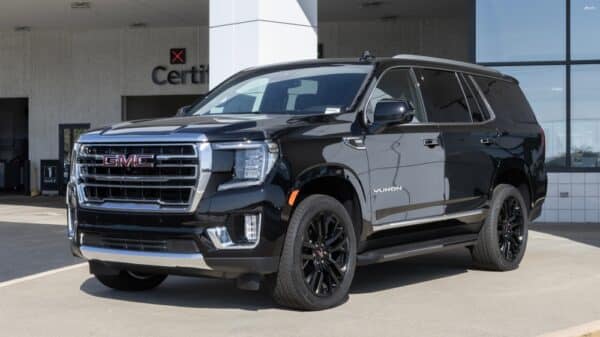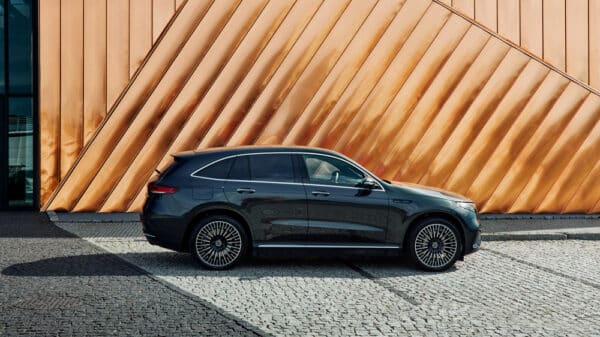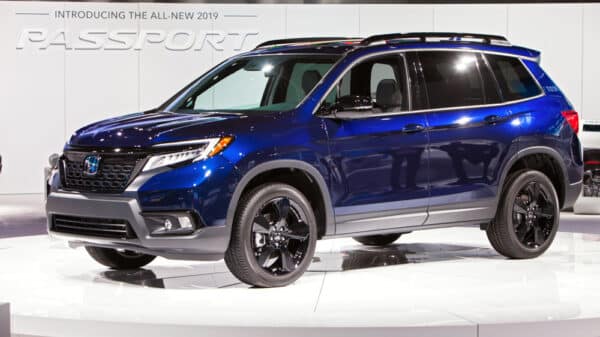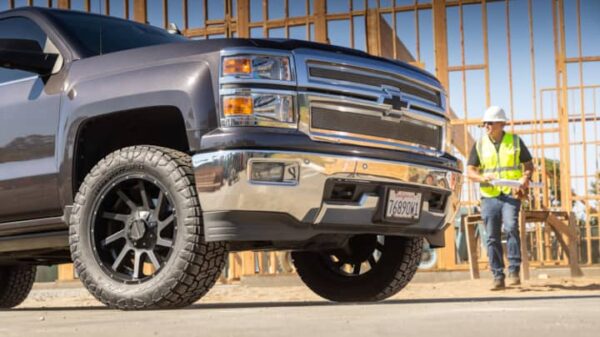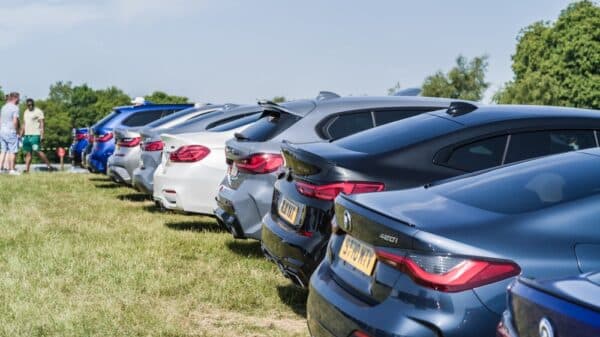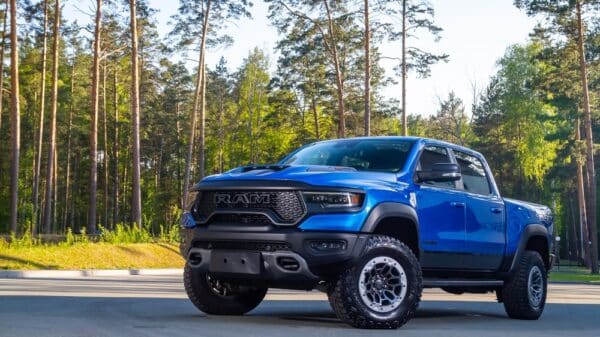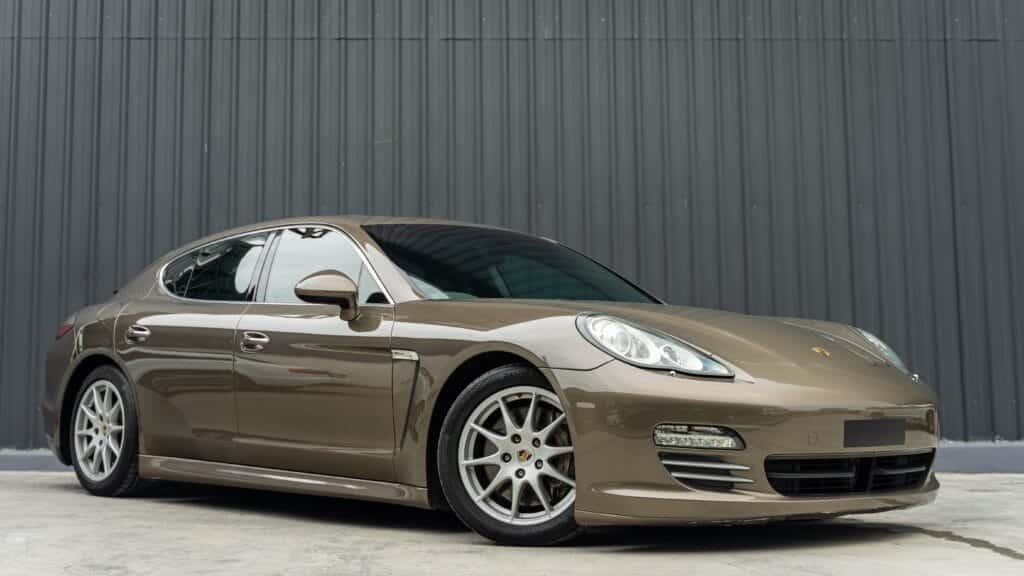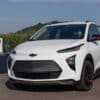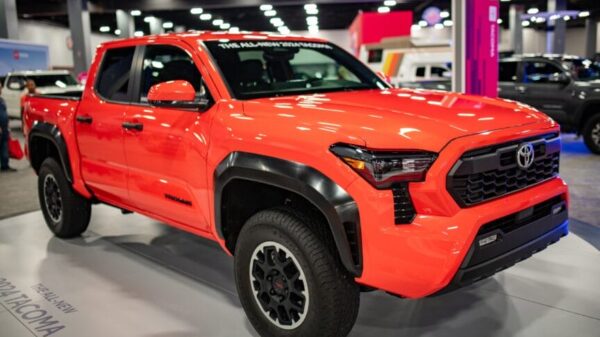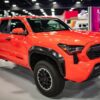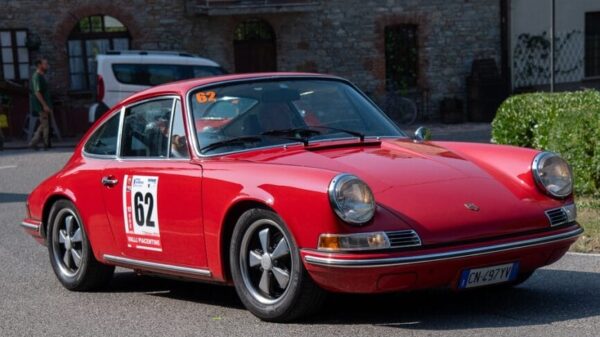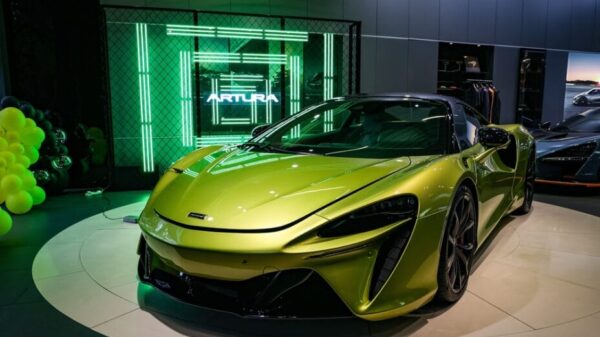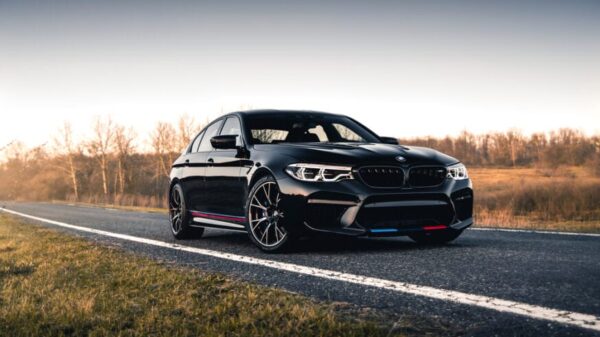In spite of the spotlight on the Porsche Taycan for charting the course to the company’s future, one might have reasonably expected the aging Porsche Panamera—now in its 15th year and spanning two generations—to either be discontinued or morphed into something entirely new. However, Porsche has chosen a more subtle and surprising path.
A Persuasive Argument For Expansion
Many individuals perceive the Panamera and Taycan as akin, save for their powertrains, making it tricky to distinguish between the two at first glance. Both are offered in sedan and Sport Turismo body formats, providing comparable versatility, with the primary contrast lying in the selection between EV and conventional combustion engines (with a hybrid option). The upcoming Panamera upholds this resemblance, with Porsche indicating that its enhancements in driving dynamics will deliver thrills for Porsche aficionados.
The Case For Enhanced Driving Experience
Porsche asserts that the new Panamera will offer a driving experience much like that of a 911, achieved through a revamp of the suspension system. The standard integration of PASM, present in all modern 911 vehicles, equips the sedan models with an active damper arrangement that harmonizes with the brand’s sporty lineup. Additionally, the Panamera will introduce Porsche Active Ride suspension technology, using electronically controlled hydraulic mechanisms to optimize performance and comfort in diverse scenarios. Optional features such as rear-axle steering bolster the vehicle’s agility, particularly in confined spaces.
Minor Adjustments Elsewhere
Regarding powertrain options, the new Panamera bears more resemblance to the latest Porsche Cayenne SUVs than to the 911. The base models with solely internal combustion engines will showcase a familiar 2.9L twin-turbocharged V6 churning out 348 hp and 368 lb-ft of torque. On the other hand, the E-Hybrid variants are expected to make a mark, with all-wheel drive editions featuring a revised 4.0L twin-turbocharged V8, an enhanced 8-speed PDK transmission, and a more advanced electric motor, providing a total of 670 hp and 685 lb-ft of torque. The Turbo S E-Hybrid version is anticipated to deliver an even more impressive 729 hp. These high-performance models are likely to complete the 0-60 mph dash in the low-3-second bracket.
Everyday Practicalities
The new Panamera E-Hybrid models boast extended electric range. The Turbo edition can cover up to 56 miles solely on battery power due to its larger 25.9 kWh battery. Furthermore, a new 11 kW onboard charger expedites the recharging process owing to the enhanced plug-in architecture.
Should you have ever sat inside a Taycan or the latest Cayennes, you will observe a familiar thematic thread inside the cabin of the forthcoming Panamera. With the EV’s interior design seamlessly integrated into the Cayenne, forthcoming models are poised to follow suit, as per Porsche’s original intentions. This signifies that across the board, the Porsche lineup will share numerous design elements and technological luxuries—a positive development, as it will cultivate consistency in the overall Porsche experience.
Pricing & Availability
Presently, pricing details have only been unveiled for the base Panamera and the Panamera 4, starting at $101,550 USD and $108,550 USD respectively. Orders are currently being accepted, with initial deliveries slated for next spring. Specifics about the Turbo E-Hybrid (or any subsequent hybrid models) have not been disclosed yet, but it is anticipated to surpass the initial price of $197,850 USD for the outgoing Turbo E-Hybrid. Porsche will furnish additional information as the official launch date nears.
Image Source: PuccaPhotography @ShutterStock

